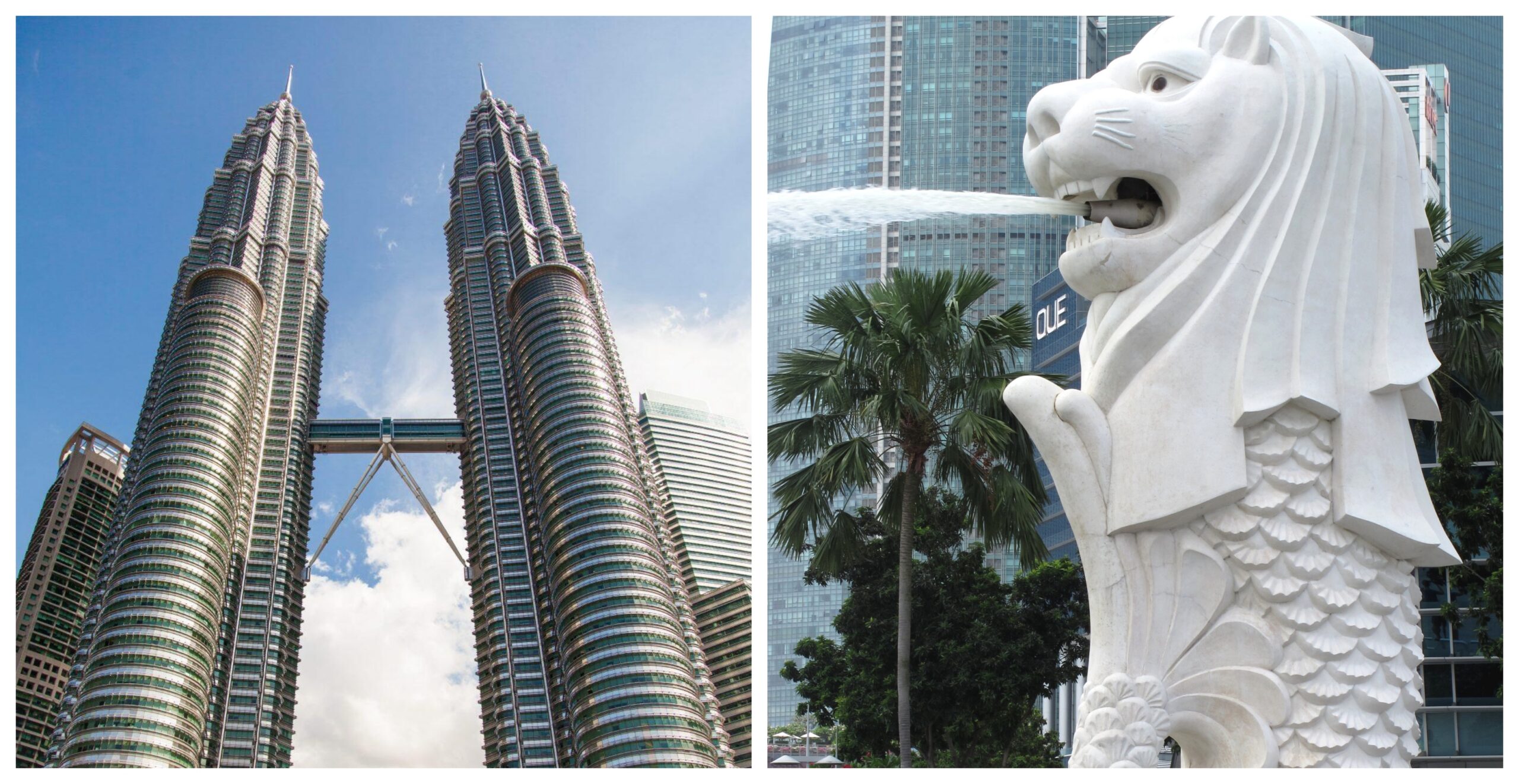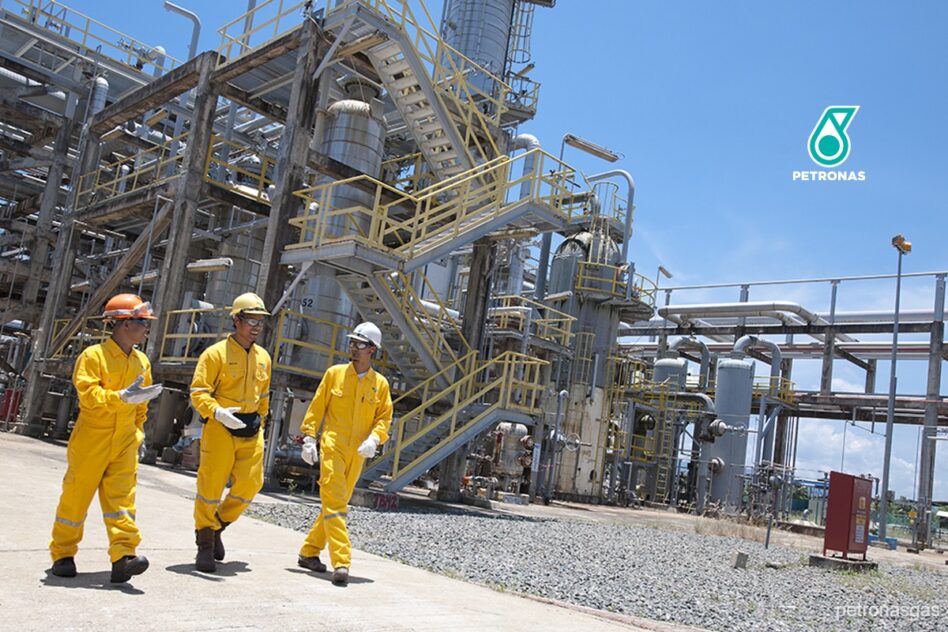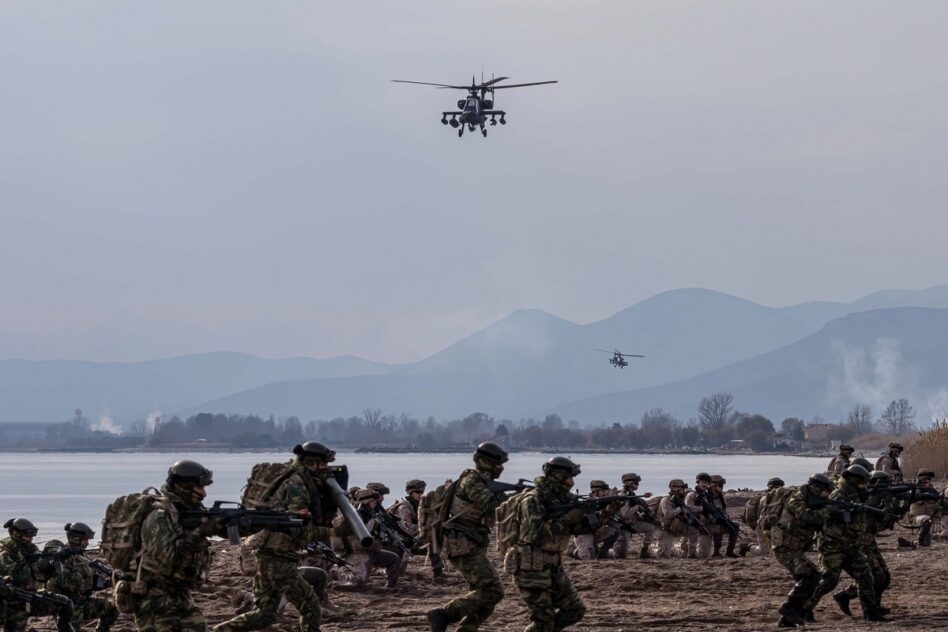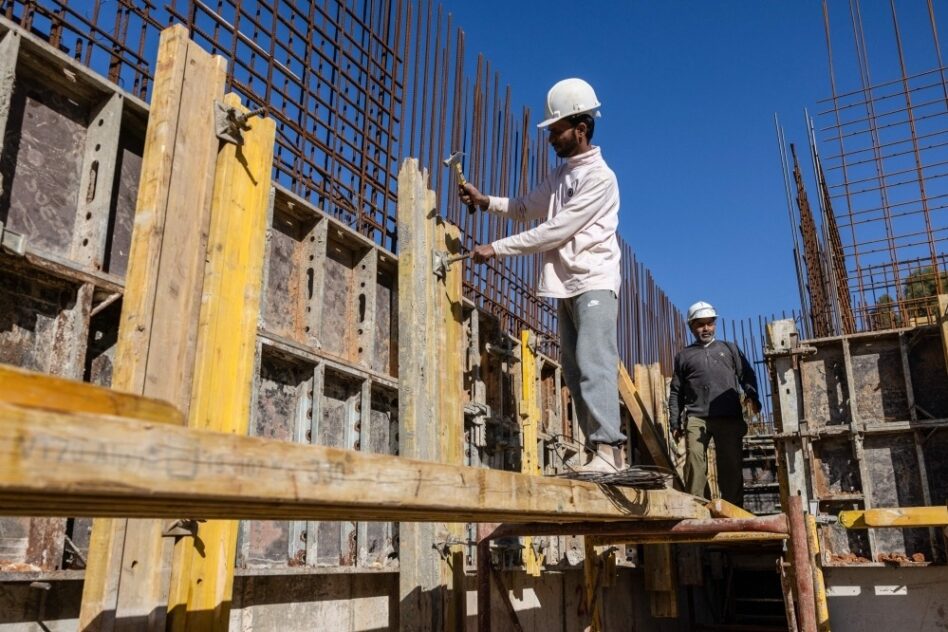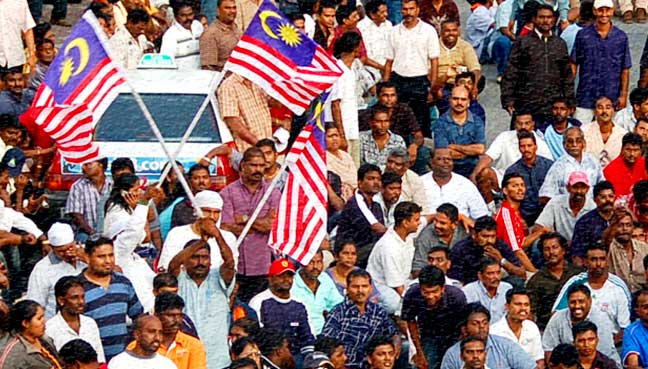AT a glance, the re-opening of borders by Malaysia and Singapore effective April 1 will be a boon to unrestricted air and land travel for fully-vaccinated travellers between both countries.
While the removal of quarantine requirements will in principal be key to reviving leisure and business travel, CGS-CIMB Research highlighted a few downside risks associated with the exercise – one of which is that travellers may still be wary of the COVID-19 pandemic.
“Business travellers have gotten used to Zoom/Teams and some business travel may not recover quickly as companies seek to preserve travel cost savings,” cautioned the research house in its latest aviation sector update.
“Leisure travellers also have to consider how being infected while abroad may prevent them from flying home and having to extend their overseas stay at personal cost to themselves. These are the downside risks to our ‘overweight’ call (on the sector).”
Preferring airports operator Malaysia Airports Holdings Bhd (MAHB) as a proxy to the border re-opening theme (retained “add”; target price: RM7.05), CGS-CIMB Research expects MAHB to also benefit from “the planned start-up of a new airline called MYAirline in August and a new operating agreement in 2H 2022F”.
However, the research house remained pessimistic over the prospect of Capital A Bhd by reiterating its “reduce” rating on the budget carrier operator with a target price of 19 sen.
“Despite the re-opening of Malaysia’s borders, Capital A’s airline may come under pressure from high fuel costs and price competition from incumbents and new entrants,” noted the research house.
Yesterday (March 24), Singapore said it will allow all fully-vaccinated travellers from around the world (Malaysia included) to enter Singapore without quarantine effective April 1 and without the need to book specific Vaccinated Travel Lane (VTL) flights which essentially retires the existing VTL arrangements in favour of a simplified Vaccinated Travel Framework (VTF).
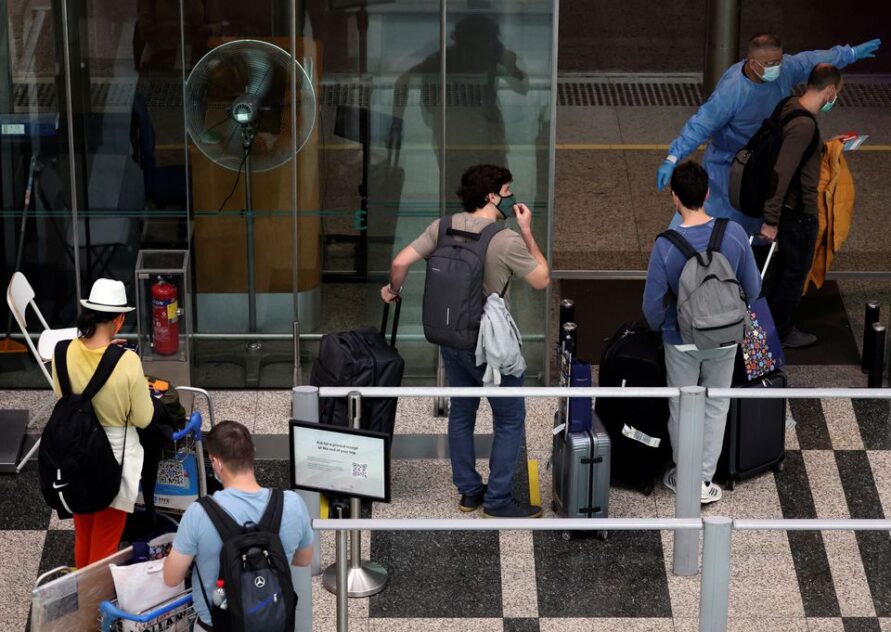
Under the VTF, a pre-departure test is still required two days before departure to Singapore – either polymerase chain reaction (PCR) or antigen rapid test (ART) – but the testing requirement upon arrival in Singapore will be abolished.
On the same day, Malaysia announced that it will adopt parallel measures for travel between Singapore and Malaysia with a pre-departure PCR or ART test required two days before departure to Malaysia, no testing requirements upon arrival in Malaysia, and the retirement of Singapore-KL/Penang VTL flight regimes.
“The specific testing protocol for travellers from Singapore into Malaysia appears to be more relaxed than the protocols announced on March 8 by Malaysia for all international arrivals from April 1 onwards,” observed CGS-CIMB Research.
“Under the March 8 announcement, for example, all travellers entering Malaysia will have to take a pre-departure PCR test but in the March 24 announcement that was specific to travellers originating from Singapore, the latter have the option of taking an ART test which is cheaper than the PCR test.”
Moreover, the March 8 announcement also required travellers to perform an on-arrival ART test within 24 hours of arrival, but Singapore-origin travellers are exempt from this requirement in the March 24 announcement.
“We believe that the March 24 protocols will apply only to Singapore-origin travellers while the March 8 protocols shall apply to everyone else,” opined CGS-CIMB Research.
More broadly, removal of quarantine requirements will facilitate relatively hassle-free two-way travel with other countries that have similarly abolished or are abolishing quarantine requirements, including the UK (since 2021), Cambodia (Nov 15, 2021), Thailand (Feb 1, 2022), the Philippines (Feb 10), India (Feb 14), Australia (Feb 21), Saudi Arabia (March 5), Vietnam (March 16), Indonesia (March 22), South Korea (April 1) and Singapore (April 1).
“We expect airlines to launch more flights to/from the above destinations to take advantage of any new travel demand emerging as a result of Malaysia relaxing inbound travel restrictions,” projected the research house.
“Hold-outs in North Asia include Hong Kong (seven-day quarantine from April 1; reduction from 14 days); Taiwan (10 days), China (21 days) and Japan (three to seven days); these countries may liberalise later this year.” – March 25, 2022


